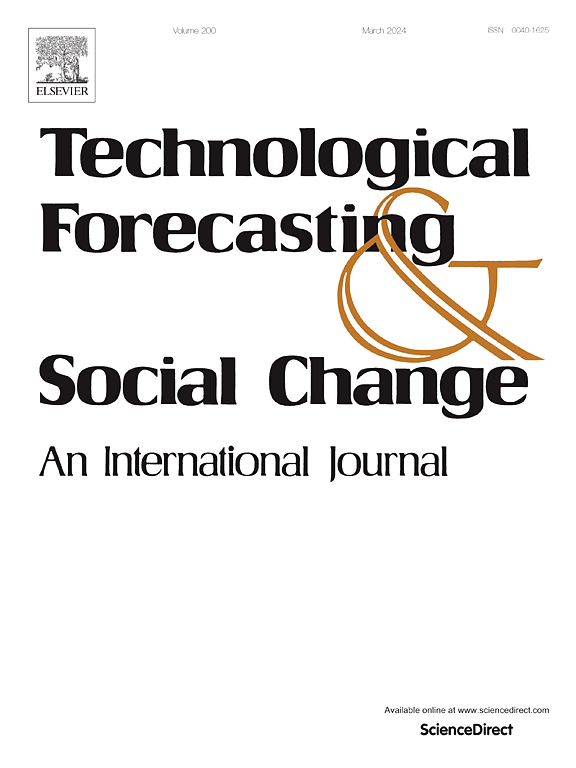Applying machine learning to predict production capacity for engineer-to-order products: Learning from wind turbine industry
IF 13.3
1区 管理学
Q1 BUSINESS
Technological Forecasting and Social Change
Pub Date : 2025-07-22
DOI:10.1016/j.techfore.2025.124295
引用次数: 0
Abstract
To shorten lead times, engineer-to-order (ETO) companies develop production capacity plans before finalising product designs. However, the production capacity planning of ETO products tends to be highly unpredictable due to factors such as changes in customer requirements, leading to discrepancies between actual demand and planned capacity. Despite the enormous body of literature on capacity planning, there is a lack of research in the context of ETO. Especially, the literature on the use of data-driven methods, such as machine learning (ML) for production capacity prediction, is sparse. Recognising this potential, this study focuses on early production capacity prediction for ETO products using ML and aims to improve the accuracy of production capacity planning. In this paper, design science research is employed in a real company to develop a ML implementation framework. We find that the stacking model outperforms other three models, demonstrating the feasibility of using ML methods to predict production capacity early in dynamic environments. The developed artefact demonstrates a method for employing ML to predict production capacity for ETO products within a real-world problem domain. Furthermore, the challenges encountered during the ML implementation are discussed based on the proposed artefact, and corresponding suggestions are provided for practitioners.
应用机器学习预测工程订单产品的生产能力:从风力涡轮机行业的学习
为了缩短交货时间,工程师到订单(ETO)公司在完成产品设计之前制定生产能力计划。然而,由于客户需求的变化等因素,ETO产品的产能规划往往具有高度的不可预测性,导致实际需求与计划产能之间存在差异。尽管有大量关于容量规划的文献,但在ETO的背景下缺乏研究。特别是,关于使用数据驱动方法(如机器学习(ML)进行产能预测)的文献很少。认识到这一潜力,本研究侧重于使用ML对ETO产品进行早期产能预测,旨在提高产能规划的准确性。本文采用设计科学的研究方法,在实际企业中开发了一个机器学习实现框架。我们发现叠加模型优于其他三种模型,证明了在动态环境中使用ML方法早期预测产能的可行性。所开发的工件演示了一种使用ML来预测实际问题域中ETO产品生产能力的方法。在此基础上,讨论了机器学习实现过程中遇到的挑战,并为实践者提供了相应的建议。
本文章由计算机程序翻译,如有差异,请以英文原文为准。
求助全文
约1分钟内获得全文
求助全文
来源期刊
CiteScore
21.30
自引率
10.80%
发文量
813
期刊介绍:
Technological Forecasting and Social Change is a prominent platform for individuals engaged in the methodology and application of technological forecasting and future studies as planning tools, exploring the interconnectedness of social, environmental, and technological factors.
In addition to serving as a key forum for these discussions, we offer numerous benefits for authors, including complimentary PDFs, a generous copyright policy, exclusive discounts on Elsevier publications, and more.

 求助内容:
求助内容: 应助结果提醒方式:
应助结果提醒方式:


